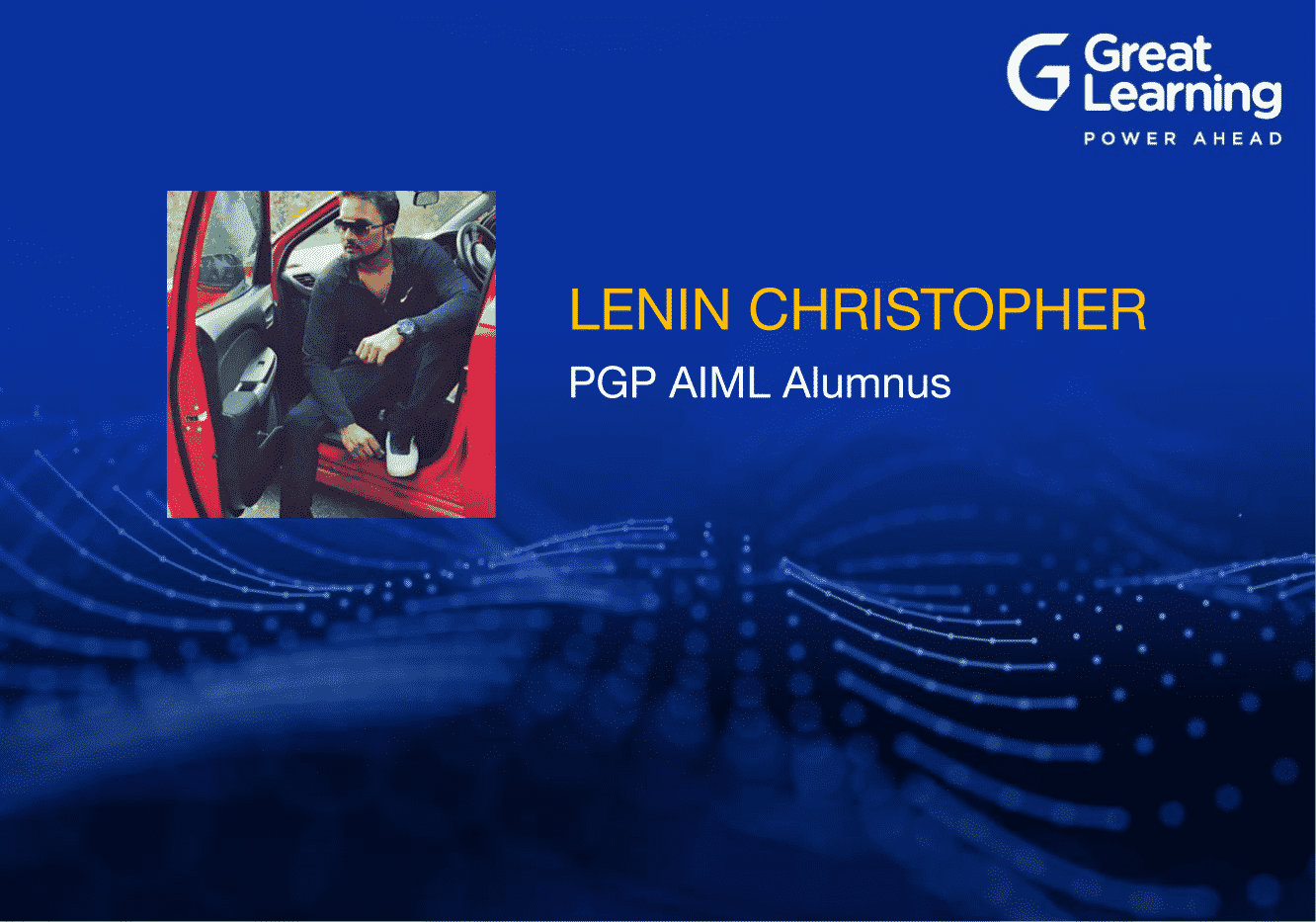I am one of the co-founders of Air Ok Technologies Pvt Ltd. In the company, I Look after R&D and Operations. In this company, we work on Air Quality management systems. We develop, manufacture, and market new products, new technologies related to the improvement of Air Quality.
The problem which I faced at my workplace, where I applied Artificial Intelligence or Machine Learning concepts:
The accuracy for the measurement of particulate matter (PM) PM2.5 and PM10 is very much important and very sensitive. In general, the instrument that needs to be used to measure this PM is very costly. The good quality instrument which will give the measurement 100% accuracy will be around 10 Lakhs INR. Now, in one of our products, a Particulate Matter(PM) sensor is used. But this PM sensor is a less costly one which will be around 2000 INR. It also gives the measurement of PM2.5 and PM10. But the measurements will not be accurate, but the data can be used so much up to the extent of whether the PM concentrations are high, medium, or low. But the exact measurements of PM2.5 and PM10 given by the sensor will not be accurate. Nowadays, the customers have so much awareness about air quality, and the market demands the exact measurement of PM2.5 and PM10 with the product. Now the challenge is to accomplish this with the less cost sensor as we cannot use the very costly instrument for every product. But it can reach its approximate accuracy. It will be sufficient to solve the challenge. If we solve this problem, our sales will be increased. Our brand will improve, our business will improve significantly.
Because of this problem, we were unable to meet the market demands. Sales became less as we are a startup company, we cannot spend much on Branding. So that is why we need to stand out from the competition with innovation. We have a unique design unique filter technology many of the market product gives a color indication. But within our price range, no product in the market was giving concentration measurement. So, we had to solve this problem economically. We cannot go higher cost sensor. Also, we got a target to reduce the cost of the sensor.
The tools & techniques that I applied to solve this problem were:
- Regular python notebook
- Train test split, simple Linear regression, cross-validation
The problem we were facing could have been solved in a very economical way and in a very easy way using the Machine learning approach.
Solution provided: I have used the technique of Co-location. We have done several experiments with a wide range of PM concentrations in a chamber, and we placed both low-cost sensors and high-cost instruments along with temperature humidity sensors inside the chamber. Now gathered the data from both pieces did data analysis.
- First, the low-cost sensor and costly instrument should have a high correlation because when a costly instrument shows a high value, the low-cost sensor also should show a high value. And vice versa.
- Second, we can build a Regression model in such a way that if we give that data from a low-cost sensor as input, the model can give predictive data which will be equivalent to a high-cost instrument.
- In this way, we could solve the problem.
- We built a simple regression model with linear regression and found out the weights. The same model has been used in the firmware of the product where the sensor data has been converted to many accurate data. We could have built a complex model which gives very high accuracy also, but it might be challenging or the simple microcontrollers that exist in the product.
- While building the model, we segregated the data into train and test data(70:30). While training the model using train data, we have used cross-validation techniques also.
The impact created: The impact is intangible in terms of brand building, and in terms of sales, there was a significant improvement.
Through this implementation of my learning, I benefitted the most as my business only keeps improving and as I was one of the co-founders. Also, I planned to implement data-driven approaches for decision-making in the business with the help of data analytical skills that I have gained during this course.
Resources That Shaped Vanam’s Successful Learning
- Top 5 Examples of How IT Uses Analytics to Solve Industry Problems.
- Transportation Problem Explained and how to solve it?
- Introduction to Spectral Clustering
- What is Computer Vision? Know Computer Vision Basic to Advanced & How Does it Work?
- Types of Neural Networks and Definition of Neural Network
- Tapping Twitter Sentiments: A Complete Case-Study on 2015 Chennai Floods
Hear from Our Other Successful Learners
- A great opportunity to explore and implement concepts – Omkar Sahasrabudhe, PGP AIML
- Structured Self-learning videos and mentoring sessions strengthen the understanding of concepts – Anand Venkateshwaran, PGP AIML
- Utilizing the skills acquired at Great Learning to address one of the client’s demands – Daniel Raju, PGP AIML
- Learnt to implement data-driven approaches with the skills I gained during this course – Vanam Sravankrishna, PGP AIML






